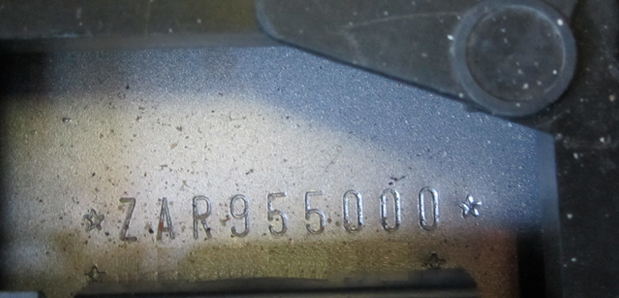
VIN decoder Skoda is the basic action which you should to do, before you buy used vehicle. It is important, because VIN number which is also known as chassis number contain all information about car and his history. VIN number were first used in 1954 in the United States of America. The car manufacturers like Skoda, signed cars in this way. In the Europe also signed cars but numbers looks different. In the year 1981 Highway Traffic Safety Administration in USA set format of VIN. Sold cars have to have VIN number contain 17 characters, which don’t have letters I (I), O (o) or P (q) (to avoid mistakes to number 1 and 0).
VIN decoder Skoda let you to check whether the current equipment of the Skoda is the original elements, installed in the vehicle by the manufacturer. It should also verify the color of the paint, and draw attention to the upholstery, windows, trim, heated windscreen or the number of airbags.
If any element from decoding is different than present equipment. This could mean, that vehicle was crashed. Applies to every models of Skoda like: Citigo, Fabia III, Octavia, Praktik, Roomster, Superb II, Yeti, Rapid, Popular, RSO, Pickup, Forman, Felicia, Forman, 4, 6, 120, 125, 130, 135, 136, 150, 154, 206, 254, 304.
Skoda VIN decoder – enter car body number
Remember that before you buy, check the history of the vehicle. You do this by typing the VIN Number Skoda below:
Another important argument for buying a full report is information on whether the car did not enter Poland illegally, or to be precise: was not stolen. Unfortunately, this problem occurs more and more often and concerns all cars.
VIN number – what is it?
The VIN, or Vehicle Indentification Number, is a unique vehicle identification number that contains numerous and important pieces of information about a car. The VIN contains information such as country of manufacture, model year, drive type, engine version, equipment options, among others.
VIN numbers were first used in 1954 in the United States. At that time, car manufacturers such as Skoda were already marking their cars in this way. Marking of this type began to be used by manufacturers in Europe. However, the first numbers looked very different. It was not until the 1980s (in 1981 to be precise) that the world’s manufacturers, together with the US manufacturers, finally agreed on this issue.
In 1981, the National Highway Traffic Safety Administration in the United States standardised the format. Cars sold should contain a 17-character VIN that does not contain the letters I (I), O (o) or P (q) (to avoid confusion with the numbers 1 and 0).
A common standard has therefore been developed to facilitate the work of the police, insurance companies and used car dealers. From now on, the VIN of each car has 17 characters – letters and numbers.


 EN
EN  PL
PL  RU
RU  DE
DE  HU
HU  EE
EE  LV
LV  RO
RO  SI
SI  CZ
CZ  LT
LT 